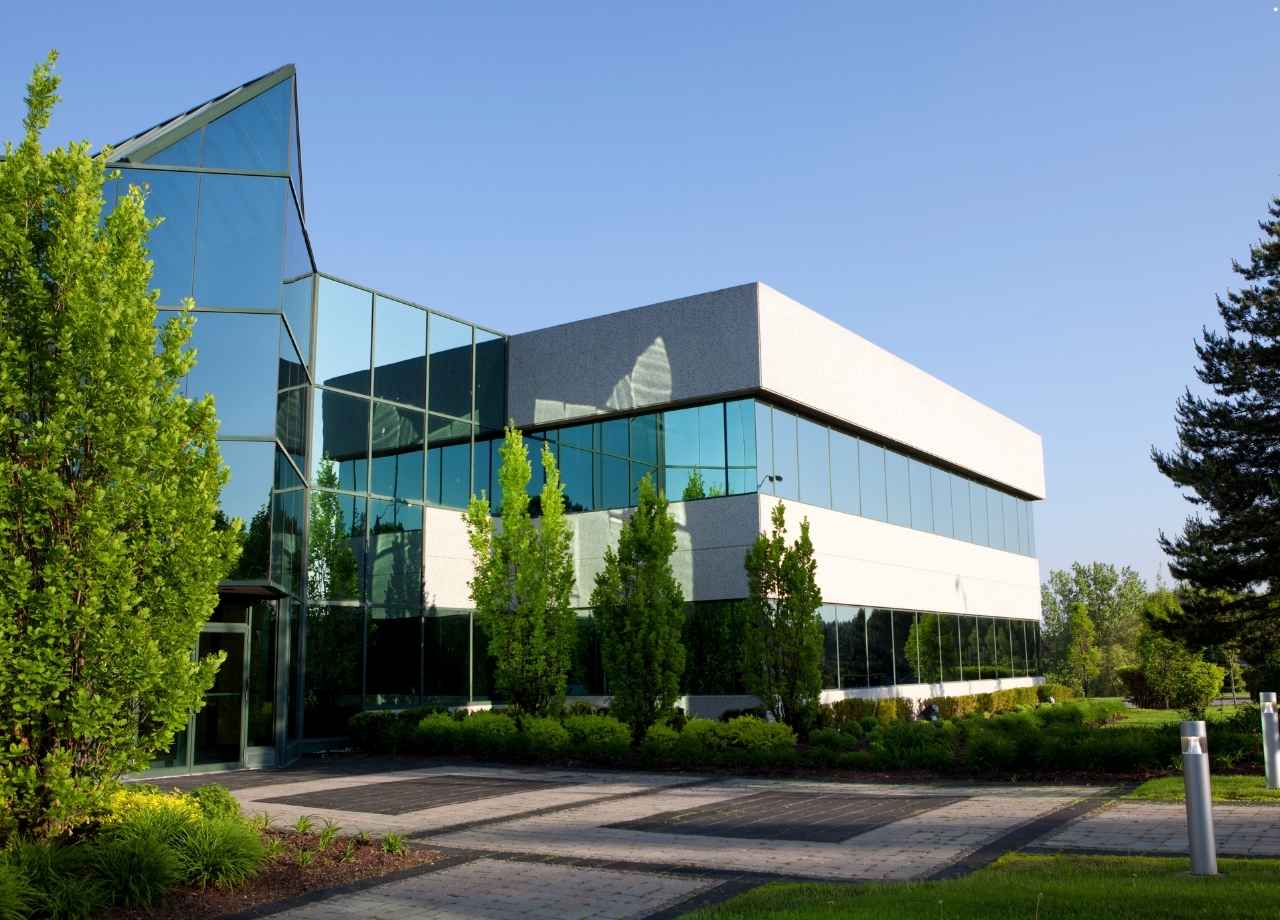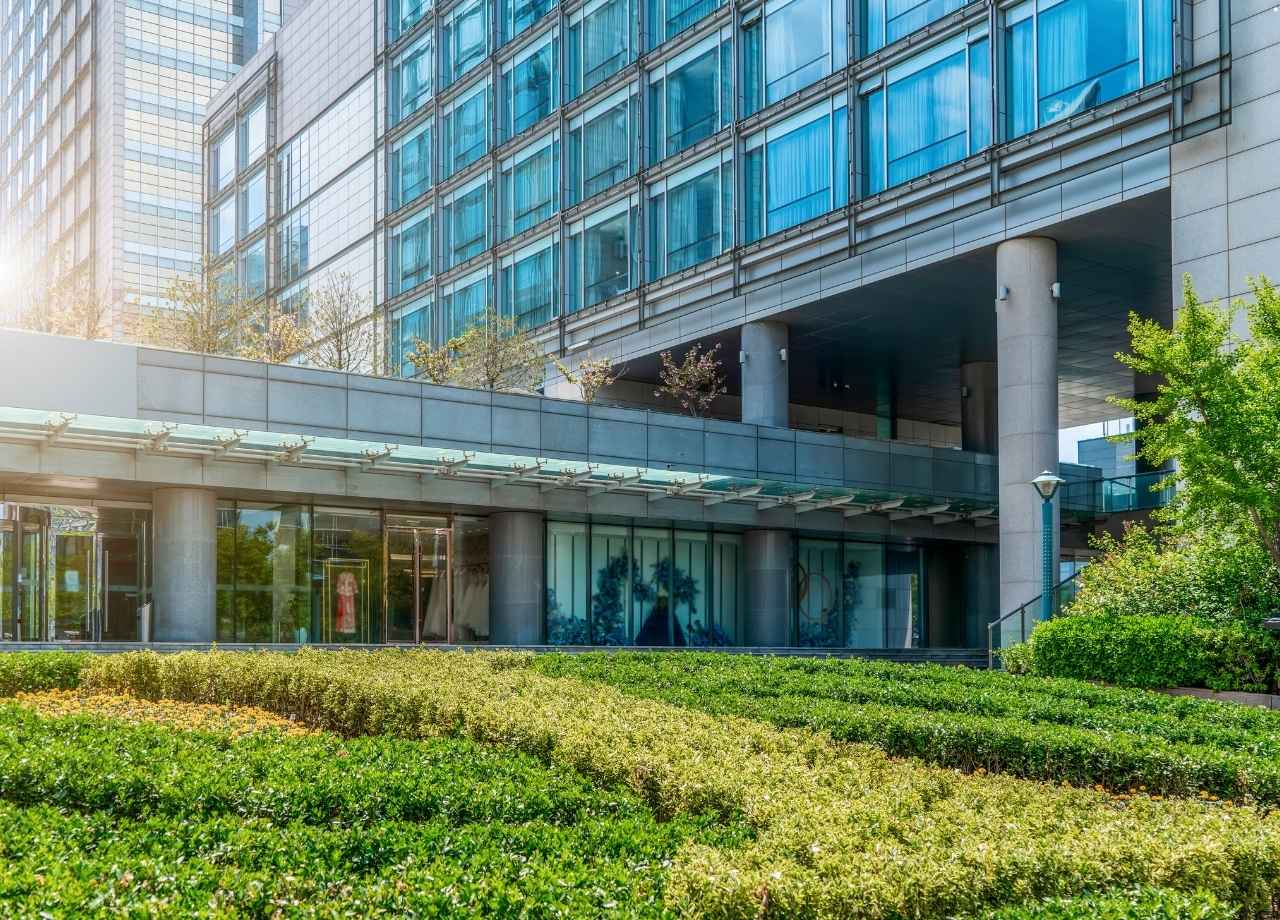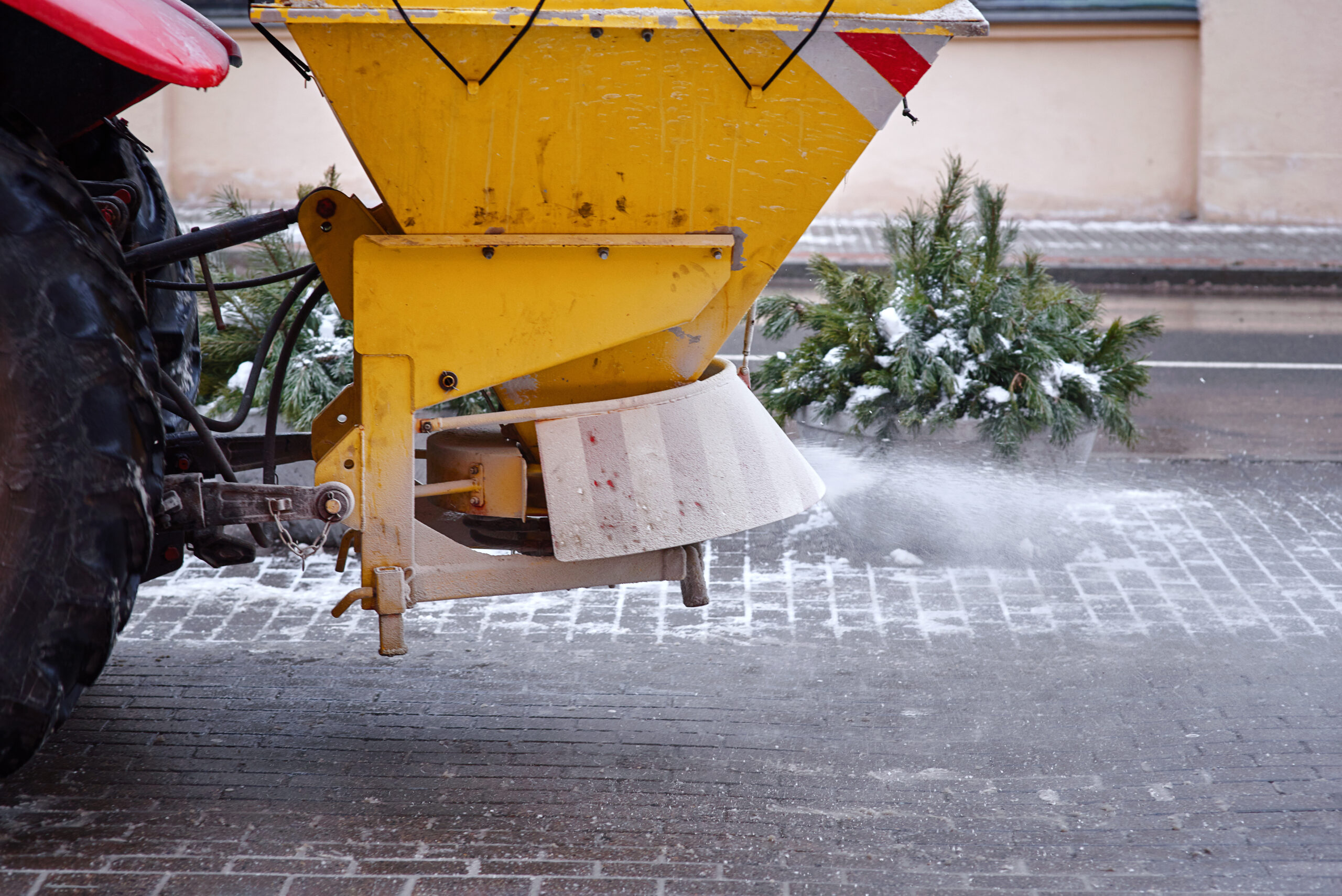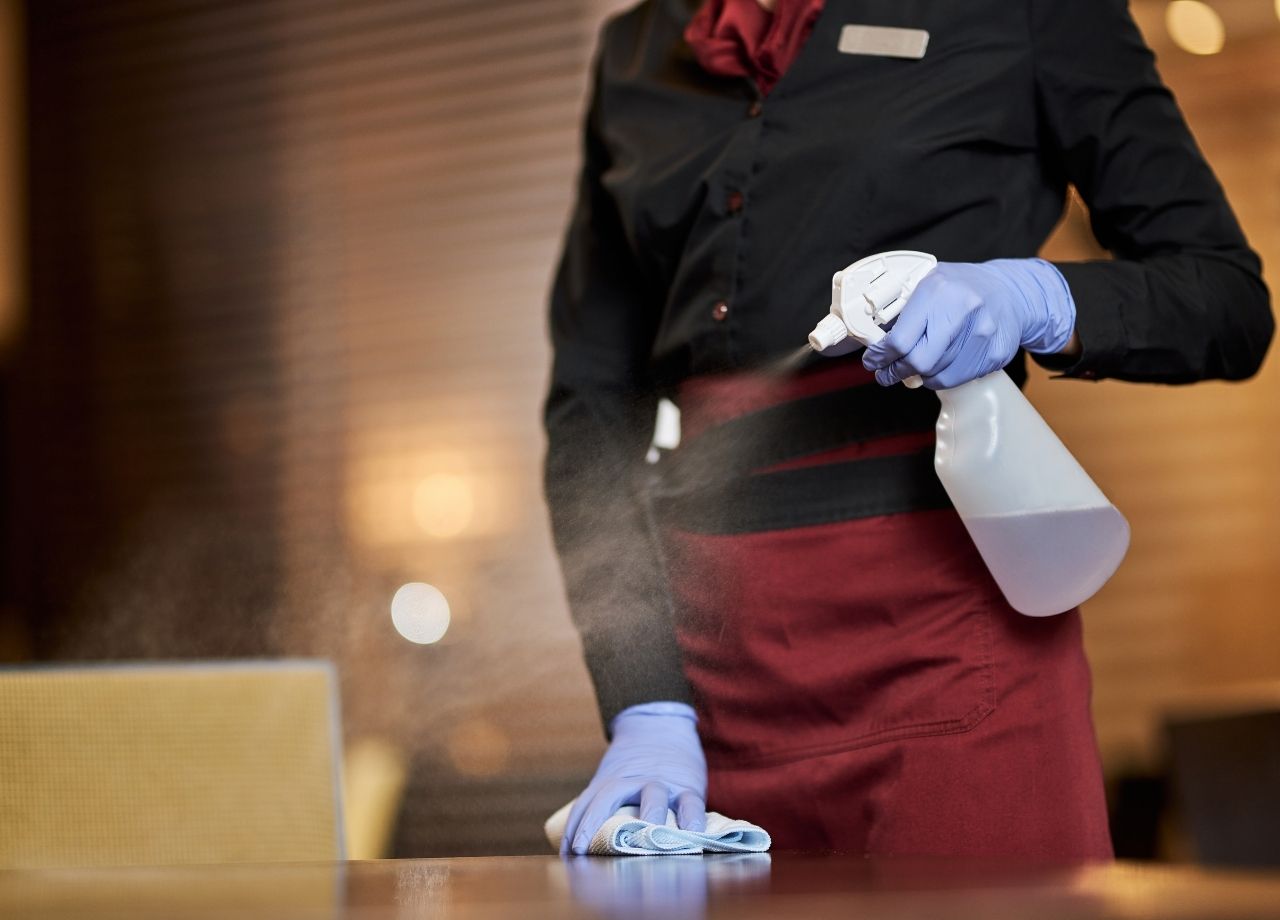Landscaping Services: In-House vs Outsourced Services
A commercial property doesn’t get a second chance to make a first impression. Overgrown hedges, patchy grass, or dying plants send the wrong message—visitors notice it, tenants complain, and owners wonder what else is being overlooked. Facility and property managers are often left with a tough question: should we keep landscaping in-house, or outsource it?
Each option comes with trade-offs in cost, control, consistency, and liability. What works for one site may be a nightmare for another. The best choice depends on how much internal bandwidth you have—and how much risk you’re willing to take on.
Why Some Teams Keep It In-House
At a mid-sized logistics facility in Texas, the smell of freshly cut grass often hits stronger than diesel fumes. The operations manager there trained an internal crew to handle all landscaping. “I like knowing who’s on the property,” he said, “and when they’ll be here.”
That’s a common reason teams keep maintenance in-house: control. Familiar employees already know the site layout, security protocols, and access points. There’s no waiting for a vendor to schedule a visit or follow up on a ticket. When a sprinkler breaks, it gets fixed the same day. When shrubs grow too tall and block signage, they’re trimmed before it becomes an issue.
This approach, though, takes commitment. The upfront investment in commercial-grade equipment—mowers, trimmers, blowers, irrigation tools—and the cost of training, storage, and ongoing maintenance adds up quickly. Seasonal needs make things more complicated. Staffing summer lawn care is one thing, but keeping the same responsiveness in winter for snow and ice management is another challenge entirely.
- You’ll need trained staff familiar with seasonal plant cycles and irrigation timing
- You’ll likely face issues covering vacations, illness, or turnover
- Without horticultural knowledge, basic upkeep may miss key details like pruning, pest control, or fertilization
Many underestimate the time it takes to keep even a modest commercial site looking sharp. As soon as landscaping starts competing with other operational responsibilities, the quality slips—and so does curb appeal.
Outsourcing: When Specialization Pays Off
Outside a Class A office building in downtown Dallas, a property manager points to a perfectly pruned Japanese maple. “We don’t touch that,” she says. “Our landscaping contractor sends a certified arborist twice a year.”
That’s the type of attention you get when you bring in a specialized vendor. Professional landscape contractors bring region-specific horticultural expertise, access to better equipment, and trained crews who handle the work efficiently and on a set schedule.
- Seasonal services like pruning, mulching, planting, fertilizing, and pest control are all handled
- Crew schedules adapt to seasonal demands without burdening the client
- Service agreements set expectations, response times, and accountability
Most contractors offer a fixed monthly fee, while others charge per visit or service type. Depending on the property size and complexity, pricing structures can vary significantly. Some include tree care or irrigation system maintenance in their scope; others bill these services separately.
The biggest value often isn’t just technical skill—it’s consistency. With outsourced providers, you’re not stuck figuring out how to cover tasks when your internal crew is stretched thin or short-staffed. That reliability, especially on high-visibility properties, protects your brand and your tenant experience.
Quality, Control, and Cost: The Balancing Act
A hotel in Central Texas learned this the hard way after switching to a lower-cost landscaping vendor. Within weeks, issues started: skipped mowings, half-finished weed control, and mulch that washed away in the first storm. The contractor blamed staffing problems. The GM canceled the contract and brought back two former employees who previously handled the grounds. Results improved almost immediately.
But not every business has that option. Many hotels, medical centers, and shopping plazas operate with lean facilities staff and strict procurement guidelines. Landscaping usually falls under broader service agreements—sometimes even bundled with janitorial or snow removal contracts.
That’s where outsourcing can shine. A vendor can scale their crew, bring backup when needed, and handle seasonal transitions without skipping a beat. When a storm hits or a tree comes down, they already have the gear and team ready to respond. Internal crews often don’t have that kind of surge capacity.
- Vendors typically have backup teams for sick calls or emergencies
- Commercial-grade equipment ensures higher quality results
- Larger providers bring access to seasonal expertise and storm response capabilities
In short, outsourcing delivers capacity you just can’t match with a small in-house team.
Legal and Insurance Considerations
Managing your own landscaping crew isn’t just about time and tools—it comes with liability. If an employee mishandles chemicals, causes damage with a mower, or suffers an injury, the business absorbs the risk.
- You’ll need proper workers’ comp coverage and safety training
- Equipment handling, chemical applications, and irrigation issues all carry exposure
- Compliance with local, state, and environmental regulations becomes your responsibility
Outsourced landscaping vendors typically carry their own liability insurance, workers’ comp, and proper licensing. Their contracts often include guarantees or performance clauses that give facility managers peace of mind.

For regional managers overseeing multiple locations, that peace of mind becomes essential. One facilities director overseeing 12 retail sites across Texas said his in-house team simply couldn’t keep up. “The logistics alone—driving between sites, hauling gear, covering absences—just didn’t work. With outsourcing, I got consistency across the board and one point of contact.”
Consistency and Curb Appeal
Even small oversights in landscaping can snowball into bigger perception problems. Overgrown bushes that block sightlines, grass clippings blown onto walkways, or flower beds filled with weeds don’t just look bad—they make visitors question your attention to detail.
That’s where professional services shine. Their crews work from checklists and rotate tasks seasonally. Larger vendors often provide inspection notes or even photo reports, giving facility teams visibility into work without being onsite.
- Services like edging, debris removal, weed control, interiorscaping and color rotations are baked into schedules
- Standard operating procedures help maintain a polished, consistent look
- Communication tools (like service portals or digital reports) improve transparency
For properties where curb appeal is tied to revenue—think hospitality, retail, or healthcare—the cost of inconsistency is just too high.
Response Time and Emergency Coverage
In-house crews often have an advantage when it comes to rapid response. When a storm hits or a cold snap arrives, they’re already on-site and ready to act. That immediacy can make a big difference when walkways need pre-salting, downed branches need to be cleared, or irrigation leaks need fixing.
Still, outsourced providers increasingly offer emergency clauses in their contracts. Priority clients may receive:
- 24-hour response windows during severe weather
- Guaranteed storm cleanup within a set timeframe
- Optional snow and ice management add-ons
These services come at a premium—but for high-traffic or mission-critical properties, the investment often pays off.
Making the Right Choice for the Property
The decision between in-house landscaping and outsourced services depends on a mix of operational realities and strategic priorities. Smaller businesses with steady staff and minimal landscaping might benefit from in-house control. But for larger properties, multiple locations, or sites with demanding curb appeal expectations, outsourced service often delivers better results and fewer headaches.
One emerging model is the hybrid approach. In this setup, internal teams handle basic day-to-day upkeep—watering, leaf blowing, trash pickup—while outsourced professionals manage the specialized, technical, and seasonal tasks.
- Hybrid setups can improve responsiveness while maintaining quality
- Seasonal work like tree pruning, fertilization, and irrigation adjustments are best left to experts
- Basic upkeep remains internal for cost efficiency and flexibility
At National Facility Contractors, we help property teams evaluate the right mix for their business—whether that means full-service landscaping management or strategic vendor support that complements in-house resources. Let’s work together, get in touch.
Before making the switch, assess current costs—including labor, fuel, equipment maintenance, and staff training—then compare those against detailed vendor proposals. Ask for clear scopes, documented SLAs, and escalation protocols. The best decision isn’t just about saving money—it’s about keeping your grounds consistent, compliant, and aligned with the experience your property is meant to deliver.






